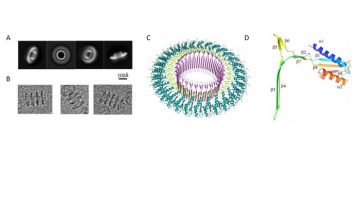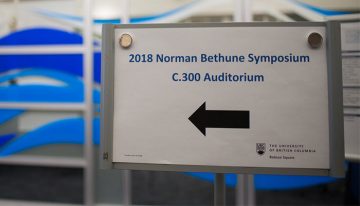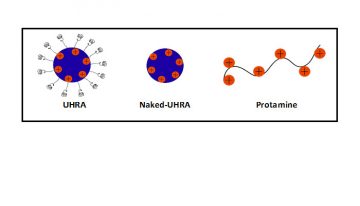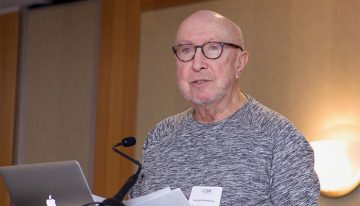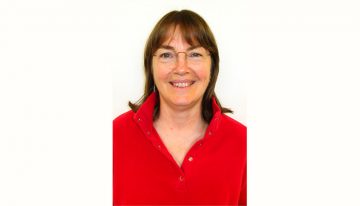News
How Many Scientists Does It Take To Sink A Ferry?
July 12, 2018
Research Associates (RAs) and Post-Doctoral Fellows (PDFs) form the backbone of any lab, and the CBR boasts 25 RAs and 40 PDFs amongst its 30 or so labs. It makes sense then, to have a forum where these scientists can interact to foster peer support and collaboration, taking advantage of their expertise in an array of different areas.
Hope Beyond the Hype: The Pursuit of Longevity in Cell Therapies
July 5, 2018
After years of intensive research and development, cell therapies are finally having their moment. In the past year, the FDA has approved two cell therapies, with stem cell treatments in hot pursuit as they enter late-stage clinical trials. While regulatory body recognition is an important milestone, great challenges in long-term industry sustainability remain.
Meet the Researcher: Dr. Ed Pryzdial
June 28, 2018
Prof. Ed Pryzdial was one of the first people that I met when I joined the Centre for Blood Research (CBR). Recently, I had the opportunity to interview Ed, and discovered that he has very sage, while at the same time humorous, wisdom that makes you want to sit and listen for hours, if he lets you!
The Power of a Good Story
June 21, 2018
Annually, the CBR Graduate Award Program (GAP) students organize and host an event for CBR members and the public. This year, throughout the presentations and at the post-event reception, attendees were given opportunities to practice and discuss science communication. Congratulations to the GAP students for a successful event!
Feeding the Spore: A Molecular Structure of the SpoIIIAG Channel from Bacillus subtilis
June 14, 2018
Natalie Zeytuni and colleagues in the Strynadka Lab at the CBR have determined the structure of SpoIIIAG, a key protein contributed by the mother cell of the sporulation channel from the Gram-positive bacterium, Bacillus subtilis.
2018 Norman Bethune Symposium
June 7, 2018
The 8th Norman Bethune Symposium was held on April 10, 2018 in Vancouver, BC. This event honours Dr. Norman Bethune, whose medical studies and wartime experiences made him a pioneer in trauma surgery and transfusion medicine, and provides an opportunity for clinicians and researchers to share their ongoing work in these fields.
Meet the Researcher: Dr. Edward M. Conway
May 31, 2018
From the Canadian Blood Services RED blog series, “Meet the Researcher,” Geraldine Walsh caught up with Dr. Ed Conway, the director of the Centre for Blood Research at the University of British Columbia and a Canadian Blood Services adjunct scientist.
Rational Design of Universal Heparin Reversal Agent (UHRA) Makes it a Highly Specific Antidote to Heparins
May 24, 2018
The only FDA approved heparin antidote is protamine, but it has many limitations. In a recent paper, Dr. Kalathottukaren and team discuss how the rational design of UHRA makes it a better antidote to heparins compared to protamine.
Not Just a Royal Disease
May 17, 2018
George Stephenson has been living with mild haemophilia all of his life. George’s life was dramatically impacted by the disorder, as he explained during his speech at the 2017 Earl Davie Symposium. I was honoured to sit down with George after the symposium for an interview about his opinion on haemophilia and the medical field in general.
Dr. Dana Devine Accepts Graduate Studies Program Director Position
May 10, 2018
Dr. Dana Devine is the Chief Scientist with CBS, as well as a Professor in Pathology and Laboratory Medicine at UBC since 2000 and a founding member of the CBR. She recently accepted an important leadership position as Graduate Studies Program Director with the Pathology and Laboratory Medicine Department at UBC.







